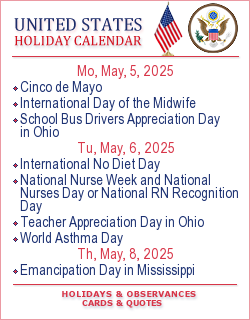The Presentation of Jesus at the Temple falls on 2 February and celebrates an early episode in the life of Jesus. In the Eastern Orthodox Church, it is one of the twelve Great Feasts, and is sometimes called Hypapante. Other traditional names include Candlemas, the Feast of the Purification of the Virgin, and the Meeting of the Lord.
At the end of the fourth century, a woman named Etheria made a pilgrimage to Jerusalem. Her journal, discovered in 1887, gives an unprecedented glimpse of liturgical life there. Among the celebrations she describes is the Epiphany (January 6), the observance of Christ’s birth, and the gala procession in honor of his Presentation in the Temple 40 days later—February 15. (Under the Mosaic Law, a woman was ritually “unclean” for 40 days after childbirth, when she was to present herself to the priests and offer sacrifice—her “purification.” Contact with anyone who had brushed against mystery—birth or death—excluded a person from Jewish worship.) This feast emphasizes Jesus’ first appearance in the Temple more than Mary’s purification.
The observance spread throughout the Western Church in the fifth and sixth centuries. Because the Church in the West celebrated Jesus’ birth on December 25, the Presentation was moved to February 2, 40 days after Christmas.
The event is described in the Gospel of Luke (Luke 2:22–40). According to the gospel, Mary and Joseph took the Infant Jesus to the Temple in Jerusalem forty days (inclusive) after his birth to complete Mary’s ritual purification after childbirth, and to perform the redemption of the firstborn son, in obedience to the Torah (Leviticus 12, Exodus 13:12–15, etc.). Luke explicitly says that Joseph and Mary take the option provided for poor people (those who could not afford a lamb) (Leviticus 12:8), sacrificing "a pair of turtledoves, or two young pigeons." Leviticus 12:1–4 indicates that this event should take place forty days after birth for a male child, hence the Presentation is celebrated forty days after Christmas.
Upon bringing Jesus into the temple, they encountered Simeon. The Gospel records that Simeon had been promised that "he should not see death before he had seen the Lord’s Christ" (Luke 2:26). Simeon then uttered the prayer that would become known as the Nunc Dimittis, or Canticle of Simeon, which prophesied the redemption of the world by Jesus:
LORD, now lettest Thou Thy servant depart in peace; according to Thy word: for mine eyes have seen Thy salvation, which Thou hast prepared before the face of all people: to be a light to lighten the gentiles and to be the glory of Thy people Israel (Luke 2:29–32).
Simeon then prophesied to Mary: "Behold, this child is set for the falling and the rising of many in Israel, and for a sign which is spoken against. Yes, a sword will pierce through your own soul, that the thoughts of many hearts may be revealed" (Luke 2:34–35).
The elderly prophetess Anna was also in the Temple, and offered prayers and praise to God for Jesus, and spoke to everyone there of His importance to redemption in Jerusalem (Luke 2:36–38).
Source: wikipedia.org | americancatholic.org | The Holy Bible




